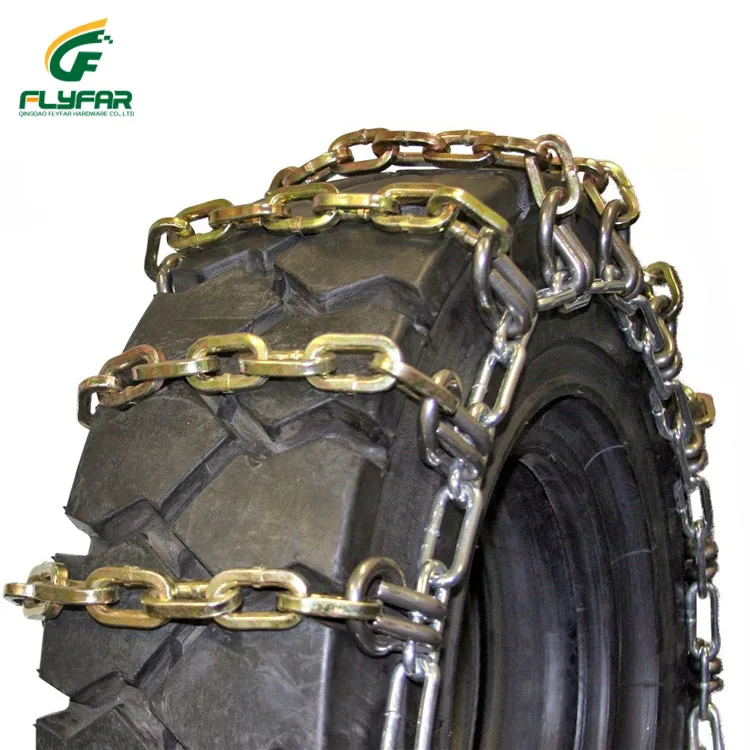If you travel to the mountains or snowy areas regularly, sooner or later you’re going to have to use tire chains. Start by getting the right set for your vehicle at your local Les Schwab.
Quick-fit chains are not your grandpa’s tire chains. They are MUCH simpler to put on and take off. Here are a video, step-by-step instructions, and driving safety tips for installing quick-fit tire chains on your vehicle.
When you need chains, driving conditions are nasty. Snow is coming down, passing traffic is spraying slush, dirty water is dripping off your wheel wells, the road is slick, and it may be dark. Don’t make this the first time you put on your chains.
Practice installing your new chains once BEFORE you travel. Take advantage of a dry garage or driveway to make sure your winter tire chains are the right size and you’re comfortable putting them on. If needed, the professionals at Les Schwab Tire Centers can help.
Put together a simple winter road trip safety kit with warm gloves, waterproof layers, and other items to make your winter driving more safe and comfortable. In the winter, always carry this emergency kit and tire chains in your vehicle.
Once you’re comfortable installing your chains, you’re ready to hit the snow.
Be Safe. If you’re on the road, pull off as far as possible onto a safe shoulder. Flip on your hazard lights. Put on your waterproof layers, hat, headlamp, and gloves from your winter road trip kit.
Identify the Correct Tires. If your vehicle is front-wheel drive, the chains go on the front. If it’s rear-wheel drive, chains go on the back. If it’s all-wheel drive, please check your owner’s manual. If you’re not sure, you can ask the experts at Les Schwab for help.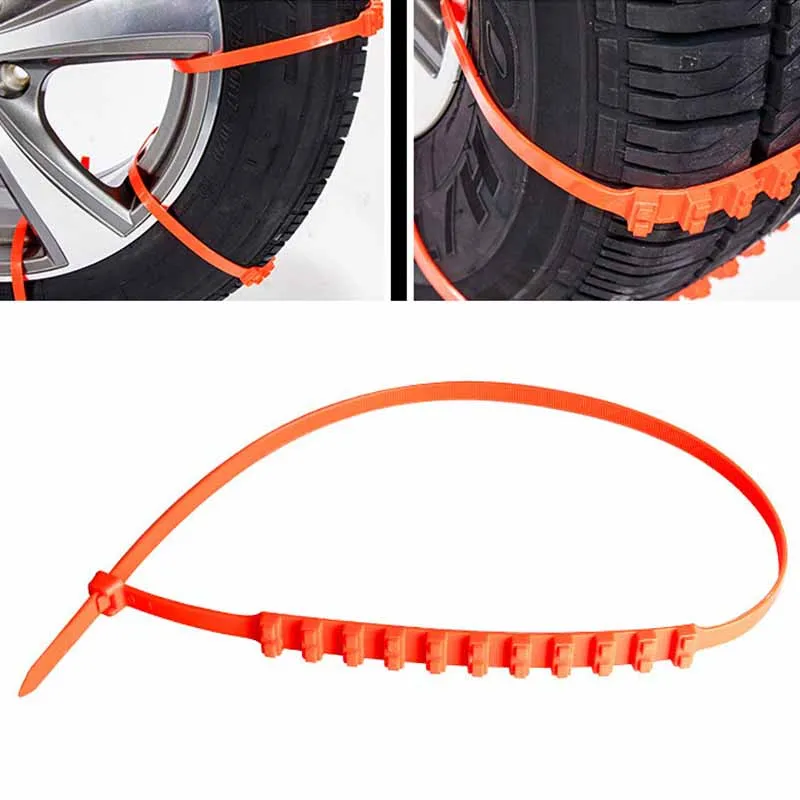
Pull Out Chains & Instructions. With your vehicle parked, open the bag and pull out your instructions and your first chain. Each bag comes with two chains. The plastic instruction mat that comes with your chains can be used as a barrier between you and the snow to keep you dry.
Untangle Your Chains. Holding them from the plastic-covered cable, make sure everything is straight and the chains are not looped over one another. Hold up your chains so the yellow end is in your left hand and the blue end is in your right.
The chains should hang loosely and the metal hooks seen along the yellow and blue sections should be facing away from you so they don’t damage your tires.
Place Chains onto Your Tire and Connect the Cable. Lay your chains on the ground and push them behind the tire, yellow cable end first, from the right side to the left.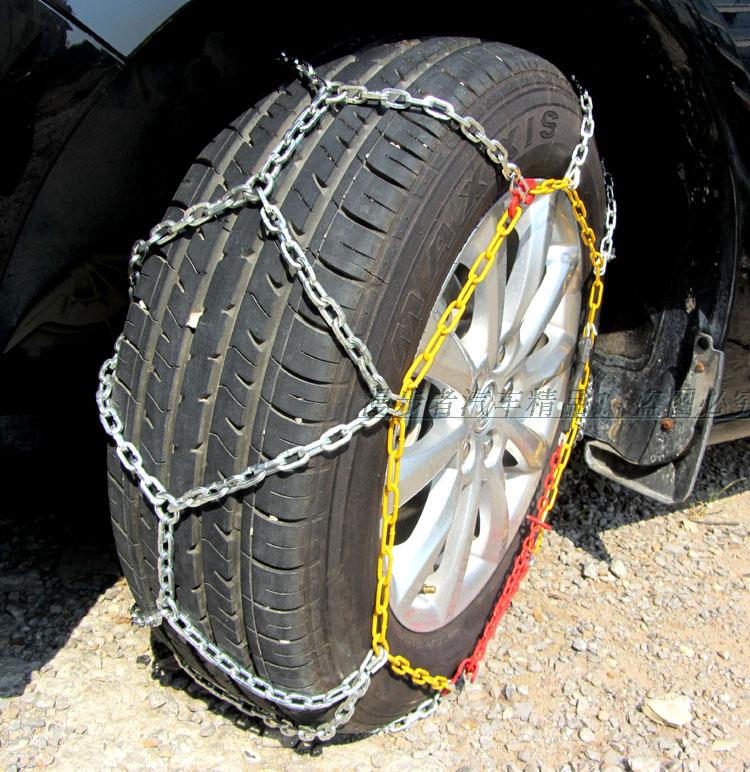
Once the chains are centered behind the wheel, grab both ends and pull them up over the top of the tire. You should feel the chains against your axle.
This will allow you to easily connect the yellow and blue ends of the cable by slipping one end into the other and pulling them into place.
Connect the Red Hook. Now that the cable is connected on top, look for the red hook directly opposite the cable connection. Connect the red hook on the right to the first available gold link on the left.
Check the Diamond Shape. Push the connected chain over the top of the tire. You should see the diamond shape in the chains against your tire. Between each of those diamonds is the center rail, which should be placed down the middle of the tire tread.
Connect the Red Chain Along the Bottom. Now that the cable is connected on top, look for the red hook directly opposite the cable connection. Connect the red hook on the right to the first available gold link on the left. Push the connected chain over the top of the tire.
Now that the cable is connected on top, look for the red hook directly opposite the cable connection. Connect the red hook on the right to the first available gold link on the left. Push the connected chain over the top of the tire.
The bottom of the chains includes a red draw chain with bungee on your right, and a chain guide on the left. Pull these out towards yourself.
Take the long red chain and run it through the chain guide and pull as tight as you can with both hands. Don’t pull using the bungee. As you pull, one of the chain links will find its way into the notch on the red chain guide, locking it into place.
Using the bungee end of the red chain, pull it through one or both of the red loops and secure it to a gold-side chain opposite the red loops. If you can’t get it through both loops, that’s ok, pull tight through one and attach it to a side chain to the left of the loop.
Repeat on Second Tire. Repeat these steps to install chains on the other side of your vehicle.
Repeat these steps to install chains on the other side of your vehicle.
Drive Forward Slightly. The next step is to drive forward about 15 feet, or a full car length. This gives the chains a chance to relax and settle on your tires.
Re-tighten Chains. To take up any slack, unhook the rubber end of the red draw chain and pull it tight again. Once it’s tight, guide the red chain through the loops and, again, securely latch the bungee end to the gold-side chain.
The chains should be tight on the tire. And, be sure to stop if you hear them making any contact with your vehicle. If your chains are still loose, unhook the bungee and adjust the red hook straight across from the chain guide. Unhook and reattach to the tightest position on one of the three gold chain links. It’s okay if the extra links are hanging loosely. Now, you’re ready to reattach your bungee.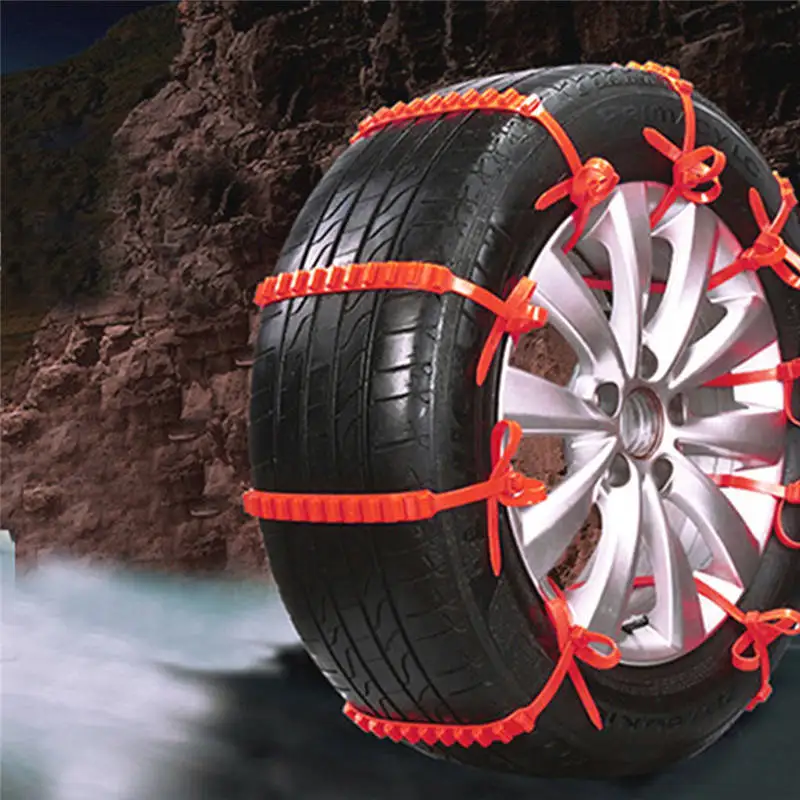
While driving with tire chains, listen for a loud sound of slapping, or metal on metal. If you hear any indication that a chain may be broken or hitting your car, STOP as soon as safely possible. Loose or broken chains that flap can wrap around a strut or shock component, causing big damage to your vehicle. To help prevent damage, here are a few tips for driving when you have winter chains installed on your vehicle.
Pull over in a safe location and remove the chains. Start by unhooking the bungee and chain from the guide, removing them from the tensioner. Unlatch the red hook, and then undo the blue and yellow cable connection. Once all of your chains are off and lying flat on the ground, pull backward or forward slowly a few feet so you can safely pick them up.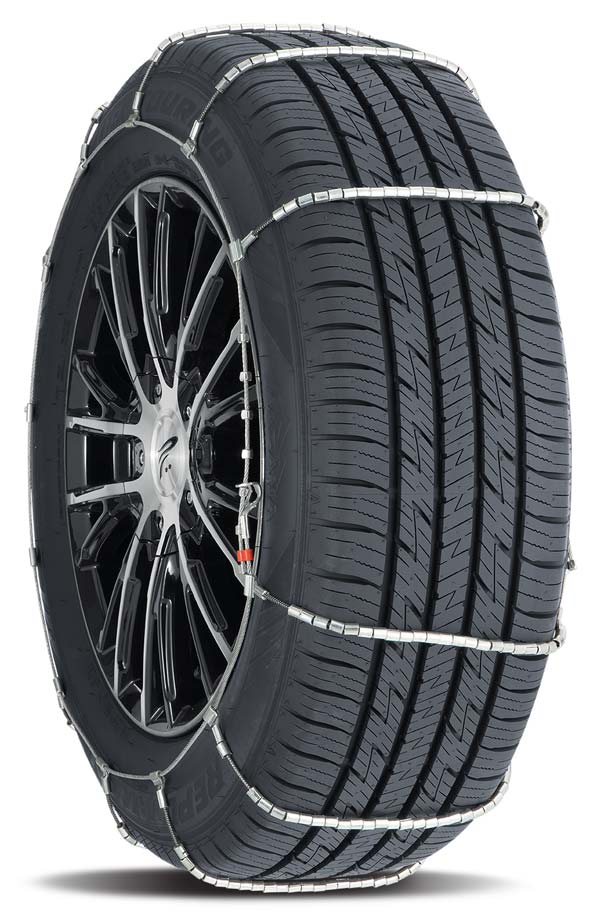
At the end of your trip, lay your chains out in the garage and let them dry. If you pack them wet, they can rust.
Also check them for wear, especially if you’ve driven them on asphalt for any distance. Look for flat spots, and replace the chains if you find some.
Link at left shows flattening from wear. Link in center shows sharp edge from wear that can damage a tire.
Remember, if you don’t use your chains all winter long, you can return them with proof of purchase to any Les Schwab for a full refund in the spring.
Get your next set of Quick-Fit chains, along with a few tips on how to install them, at your local Les Schwab, where doing the right thing matters.
Want more tips on winter road safety? See 19 Winter Driving Resources You Can’t Do Without.
Get More Winter Tips
Ask a question, get an answer ASAP!
☰
×
GET A QUOTE
| Save Big on Auto Repairs | Get a Quote |
If you live in an area where snowfall is a possibility, then you need to be prepared for winter driving conditions.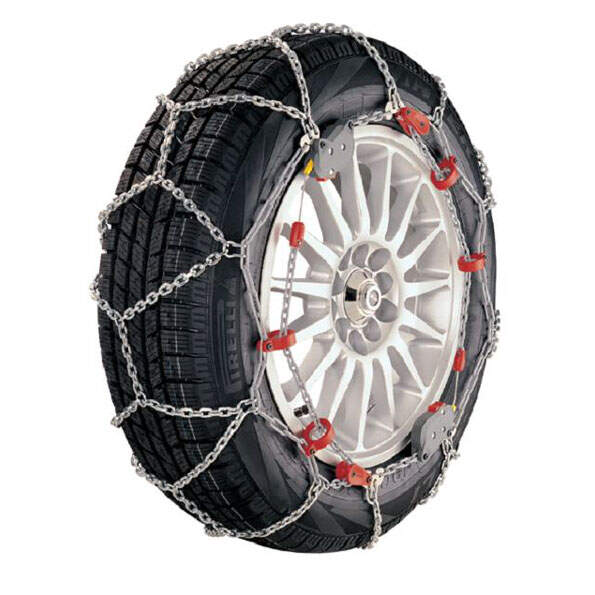 That means having a set of tire chains in your trunk in case the snow becomes deep enough to make driving dangerous.
That means having a set of tire chains in your trunk in case the snow becomes deep enough to make driving dangerous.
When choosing tire chains, it’s important to consider a number of different factors, including size, whether your car is rated for chains or cables, the class of chains your car can use, and more.
The following are some useful tips regarding snow chains:
Automaker’s specifications: All automakers specify the class of tire chains that can be used on their vehicles. You’ll find this information in your owner’s manual. Never use a type of tire chain that’s not specified by your manufacturer, or it could damage your wheels, suspension, brakes or other components.
Class: Look for tire chains that are rated as SAE Class S. These are sized for today’s front-wheel drive cars and lower ground clearances. Other classes are designed for vehicles with higher ground clearances and may damage your car.
Sized to fit Your tires: There’s no such thing as a one-size-fits-all approach to tire chains.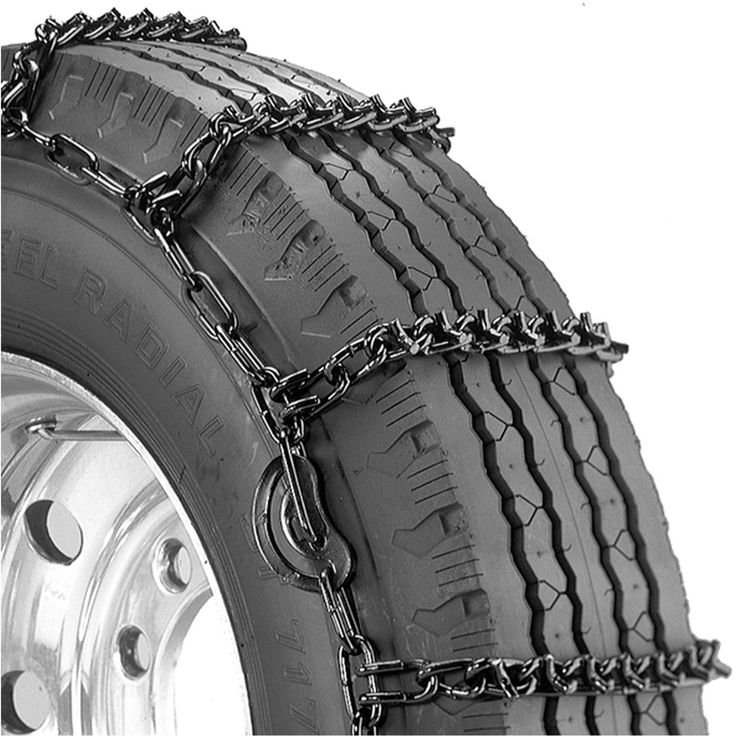 You need to ensure that they’re right for your tire size. If you’re not sure what size tires your car has, you can find this information on the tire sidewall, or on the driver side door placard. It will look something like this: P265/70R16.
You need to ensure that they’re right for your tire size. If you’re not sure what size tires your car has, you can find this information on the tire sidewall, or on the driver side door placard. It will look something like this: P265/70R16.
Chains or cables: Many cars on the road today are not designed to work with chains at all. They’re designed to work with cables, which install very differently (and are not interchangeable with chains). Check your owner’s manual to see if you should use chains or cables.
Speed rating: All tire chains have a maximum speed rating. Make sure you know what it is and stick to it (or below). Note that a higher speed rating doesn’t necessarily make a type of tire chain better.
Tire chains are a necessity for drivers where snow accumulations are a fact of life.
weather
Snow Tires
safety
Chains
Snow
Cold Weather
The statements expressed above are only for informational purposes and should be independently verified.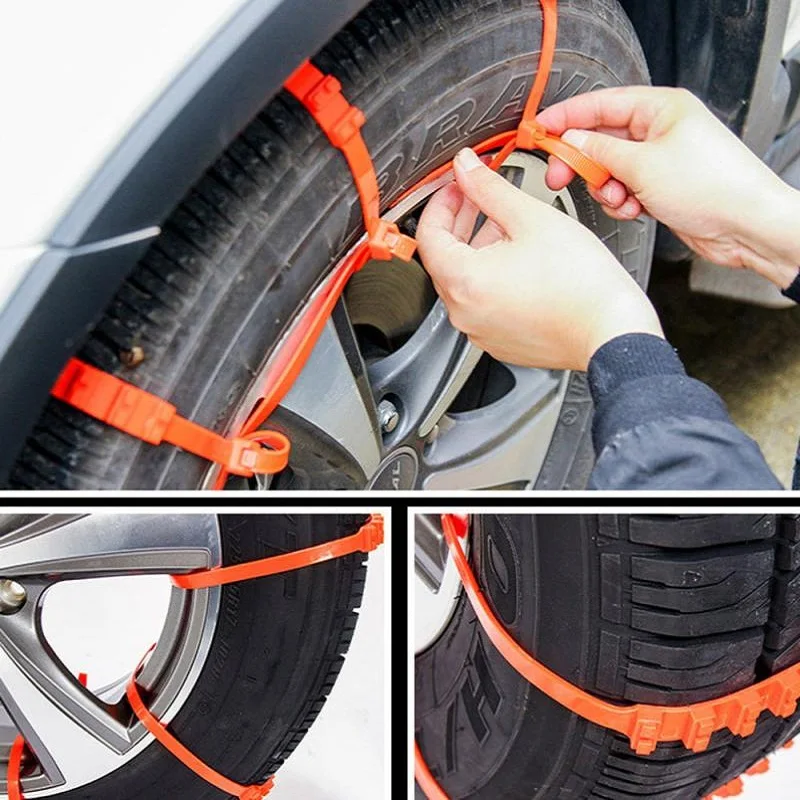 Please see our terms of service for more details
Please see our terms of service for more details
4.2 Average Rating
Service Hours
7 AM - 9 PM
7 days a week
Phone Number
1 (855) 347-2779
Phone Hours
Mon - Fri / 6 AM - 5 PM PST
Sat - Sun / 7 AM - 4 PM PST
Address
We come to you at no extra charge
Guarantee
12-month/12,000-mile warranty
Our certified mobile mechanics perform over 600 services, including diagnostics, brakes, oil changes, scheduled mileage maintenances, and will come to you with all necessary parts and tools.
Get a fair & transparent quote instantly before booking.
Earn up to
$70/hr
Apply Now
Our certified mobile mechanics make house calls in over 2,000 U.S. cities. Fast, free online quotes for your car repair.
GET A QUOTE
GET A QUOTE
Is it Safe to Drive With a Wheel Bearing Gone?
Wheel bearings help a car roll smoothly.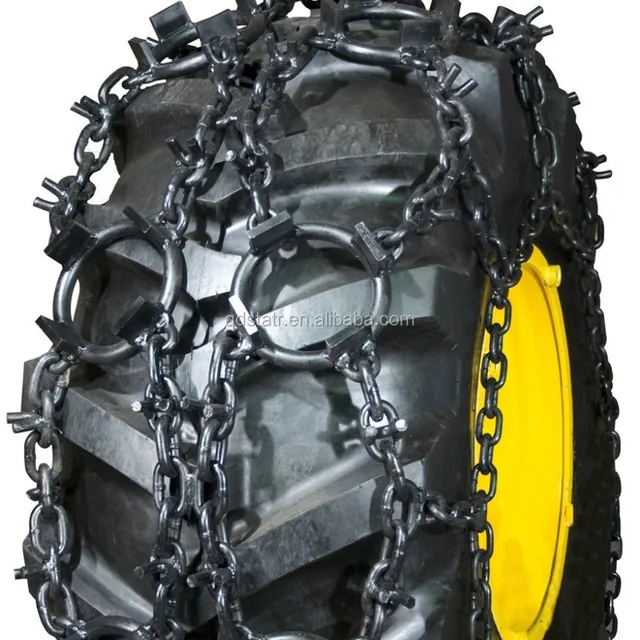 Bad or missing wheel bearing symptoms include grinding noises, a loose steering wheel, and uneven tire wear.
Bad or missing wheel bearing symptoms include grinding noises, a loose steering wheel, and uneven tire wear.
Seat Belt Safety and Other Tips for Pregnant Women
On On a normal, day-to-day basis, car safety is second nature to most. You get in, strap on your seat belt, adjust your seat and mirrors, and drive off. It often becomes something you don’t think about, until you become...
How to Get Your Car Ready For Driving in Winter
Winterizing your car means getting it ready for cold weather. Check your car fluids and pack a car emergency kit to prepare your car for winter.
What does the Engine Overheated -- Idle Engine message mean?
The Engine Overheated – Idle Engine message can appear on your driver information center (DIC). When the DIC displays this alert, your engine is too hot to drive safely. You should stop your car as soon as possible and let.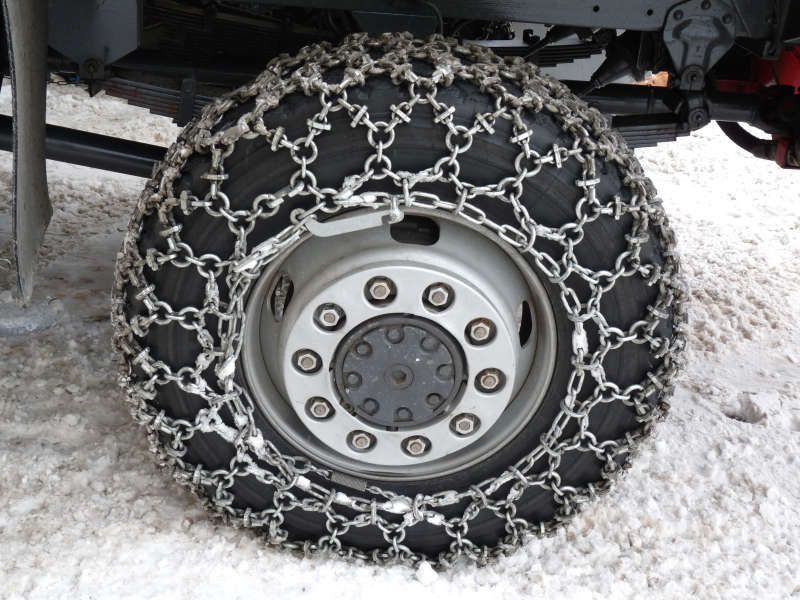 ..
..
How do I use the automatic anti-glare feature on the rear view mirror?
The rear view mirror provides added visibility out of the rear window. However, when driving at night, the headlights from other vehicles can reflect off of your mirror with large amounts of glare, which greatly decreases your visibility. The rear...
timing chain marks
You should leave the gear where it is unless you plan on removing the distributor and indexing it again. The engine as of now is not on the TDC (Top Dead Center) of the compression stroke of the number one...
Estimates
Maintenance
Services
Our service team is available 7 days a week, Monday - Friday from 6 AM to 5 PM PST, Saturday - Sunday 7 AM - 4 PM PST.
1 (855) 347-2779 · [email protected]
Read FAQ
GET A QUOTE
Pewag products are suitable for a wide range of tire types and sizes.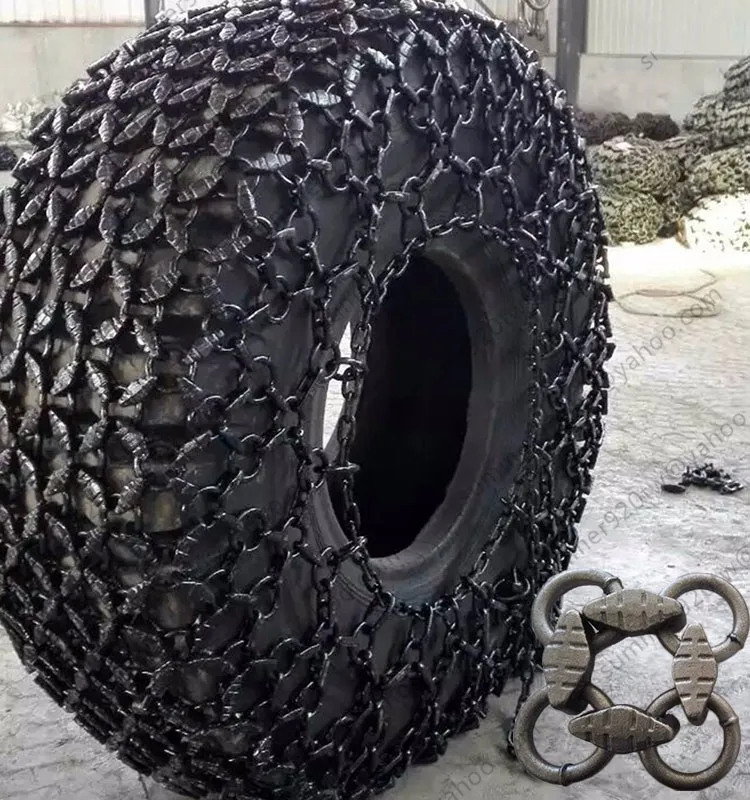 Thanks to modern technology, the company designs and manufactures chains that guarantee maximum safety and comfort in all weather conditions, thus ensuring safety on the road. Better grip on snow and ice increases flotation on the road and shortens the braking distance.
Thanks to modern technology, the company designs and manufactures chains that guarantee maximum safety and comfort in all weather conditions, thus ensuring safety on the road. Better grip on snow and ice increases flotation on the road and shortens the braking distance.
Pewag chains can be used not only in winter. Wheel chains are used while driving on clay, sand, and also on scree. Soldiers and rescuers rely on the proven quality of Pewag snow chains, even off-road.
Our chains comply with the ÖNORM V 5117 standard and, depending on the link thickness, are suitable for use in small and narrow wheel arches as well as on wheels with aluminum rims. For vehicles with a small clearance between the wheel and the car body, snow chains with small links 7 or 9 are suitablemm, which are also produced by Pewag.
Our snow chain configurator will help you choose the right model for tires for cars, trucks, tractors, lawn mowers and other equipment. The required spare parts can be found in the dedicated section.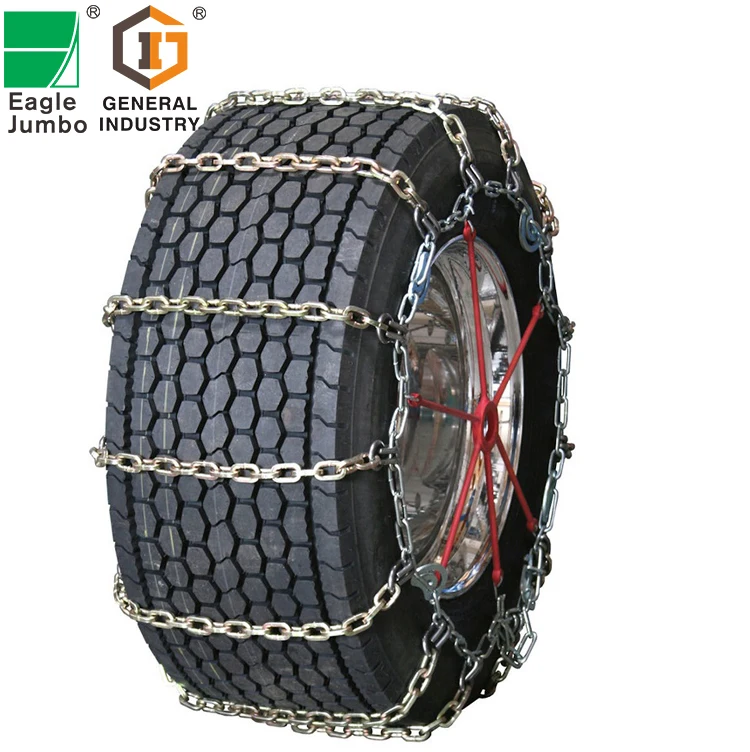
In our product range, you will always find the right snow chains for your tire and rim size, tire type (summer or winter) and vehicle type. Usually, the wheel diameter and tire width, as well as the size of the rim, are the determining factors when choosing snow chains. In addition, in many modern cars, the distance between the wheel and the body is very small. When choosing the right chain for larger tires, it is also important to consider the specific manufacturer (Michelin, Continental, Pirelli and others).
Use the search for in the menu bar or use the snow chain configurator on this page.
Electric vehicles will also need snow chains for driving in winter, you can find the chains you need for them by searching on our website. However, the use of snow chains is not limited to winter. They can also come in handy in the summer on particularly muddy roads or in the woods.
Our chains are sold in pairs (2 per pack). They are installed on the left and right side of the car. Two snow chains (one pair) are usually enough for a completely reliable grip even on all-wheel drive vehicles.
Depending on the type of snow chain, it may be necessary to install one or two stops correctly in order to install it on the vehicle. For a snug fit, the chain must be tightened, this is done taking into account the design of the tension system (manual, automatic or semi-automatic). Some chains (for example, in the Pewag Snox or Servo model lines) are tensioned automatically, so an additional limiter is not required after the initial installation.
Our product pages feature installation videos for each product as well as helpful installation instructions. In addition, before the trip, we recommend that you try to install snow chains yourself once in order to be well prepared in case of an emergency.
They improve road grip and shorten the braking distance. They are also able to prevent side slip on slopes. That is why, in most countries of the Alpine mountain region, the legislation obliges motorists to always carry snow chains with them or to install them in special weather conditions (for example, in icy conditions, as well as at low temperatures), depending on the type of vehicle. In Austria, new snow chains are additionally certified (ÖNORM V 5117), which guarantees the quality of the snow chains.
We also offer a range of suitable accessories for all our products in case they become partially damaged or out of shape due to heavy use. You will find them under the "Spare Parts" category in the products section.
Price list:
Prices for snow chains
Special prices for large wholesale customers and fleets
Our snow chains are easy and fast installation, confidence and driving comfort on icy roads.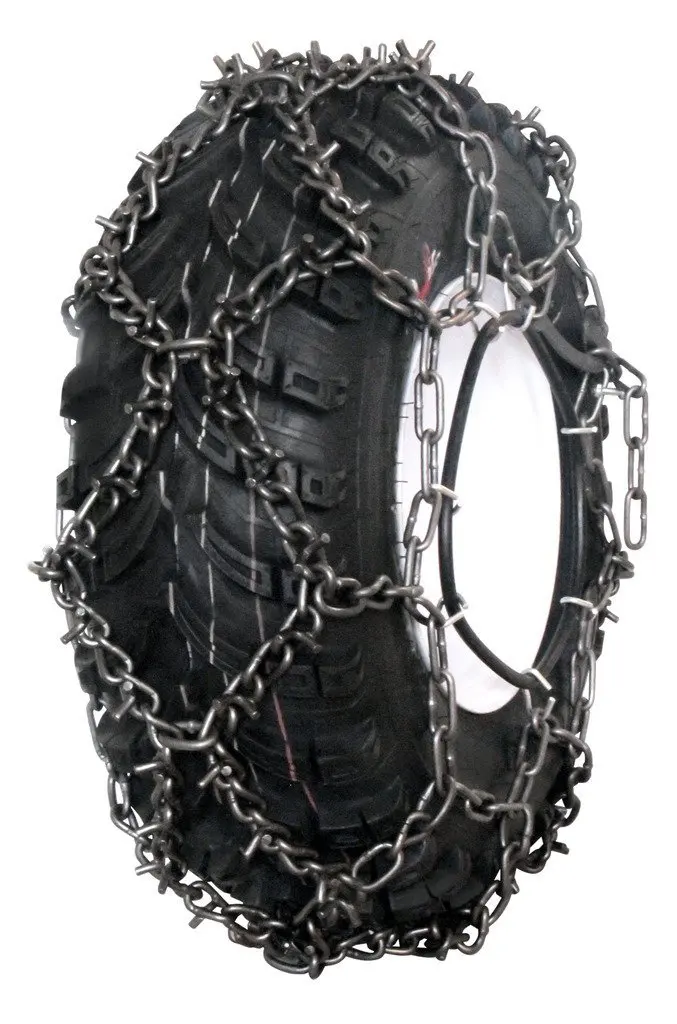
In accordance with the technical regulation of the Customs Union "On the safety of wheeled vehicles" (TR TS 018/2011) approved by the decision of the Commission of the Customs Union No. 877 of December 9, 2011, snow chains are not subject to mandatory certification.
All products are manufactured according to TU 3148-019-00235424-00 and meet the requirements of international standards
Data sheet:
| Disc Ø | Designation | Tire size |
|---|---|---|
| THE FLEXIBLE SYSTEM OF DISCOUNTS IS OPEN!!! | ||
SNOW CHAIN FOR TRUCKS AND BUSES | ||
| 18R | 12. | 320x457 |
| 12.00R18 | 320x457 | |
| 12.00R18 | 320x457 | |
| 20R | 8.25R20 | 240x508 |
| 8.25R20 | 240x508 | |
| 9.00R20 | 260x508 | |
| 9.00R20 | 260x508 | |
| 9.00R20 | 260x508 | |
| 10.00R20 | 280x508 | |
| 10. | 280x508 | |
| 10.00R20 | 280x508 | |
| 11.00R20 | 300x508 | |
| 11.00R20 | 300x508 | |
| 11.00R20 | 300x508 | |
| 12.00R20 | 320x508 | |
| 12.00R20 | 320x508 | |
| 14.00R20 | 370x508 | |
| 14.00R20 | 370x508 | |
| 14. | 370x508 | |
| 420x508 | ||
| 500x508 | ||
| 500x508 | ||
| 500x508 | ||
| 530x533 | ||
| 530x533 | ||
| 16.00R20 | ||
| 16.00R20 | ||
| 1300x530x533 | ||
| 1300x600x533 | ||
| 21R | 24.00R21 | |
| 1100x400x533 | ||
| 1100x400x533 | ||
| 400/85R21 | 1220x400x533 | |
| 400/85R21 | 1220x400x533 | |
| 22. | 11.00R22.5 | |
| 12.00R22.5 | ||
| 13.00R22.5 | ||
| EURO | ||
| R20 | 425/95R20 | |
| R25 | 425/95R25 | |
| SERIES 85 | ||
| R20 | 395/85R20 | |
| 395/85R20 | ||
| R21 | 425/85R21 | |
| 425/85R21 | ||
| 425/85R21 | ||
| R25 | 395/85R25 | |
| 395/85R25 | ||
| SERIES 80 | ||
| R22. | 295/80R22.5 | |
| 295/80R22.5 | ||
| 305/80R22.5 | ||
| 315/80R22.5 | ||
| 315/80R22.5 | ||
| R26 | 480/80R26 | |
| SERIES 75 | ||
| R16 | 295/75R16 | |
| R22.5 | 295/75R22.5 | |
| SERIES 70 | ||
| R20 | 400/70R20 | |
| R22. | 305/70R22.5 | |
| 305/70R22.5 | ||
| 315/70R22.5 | ||
| 315/70R22.5 | ||
| R24 | 460/70R24 | |
| SERIES 65 | ||
| R22.5 | 385/65R22.5 | |
| 385/65R22.5 | ||
| 425/65R22.5 | ||
| 445/65R22.5 | ||
Product images:
You can buy snow chains for your car wheels from our factory.